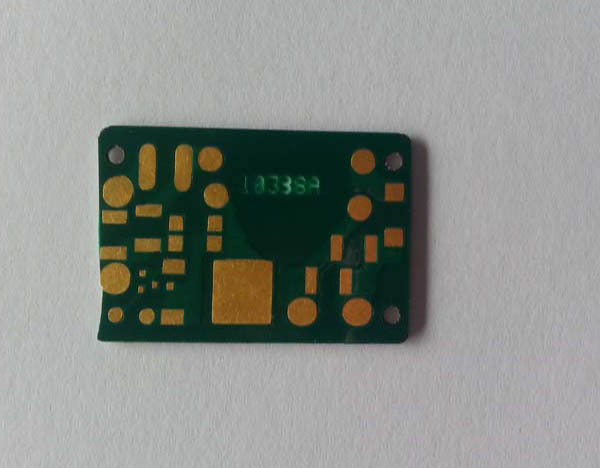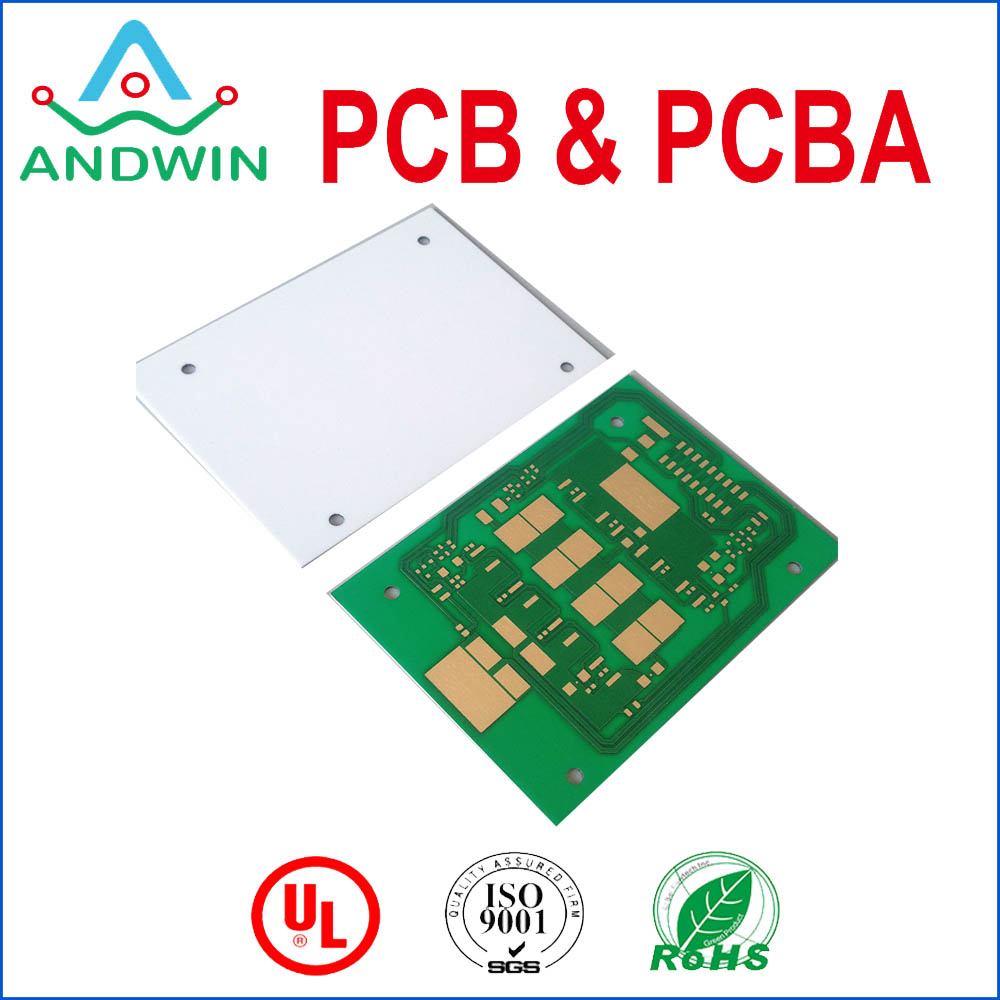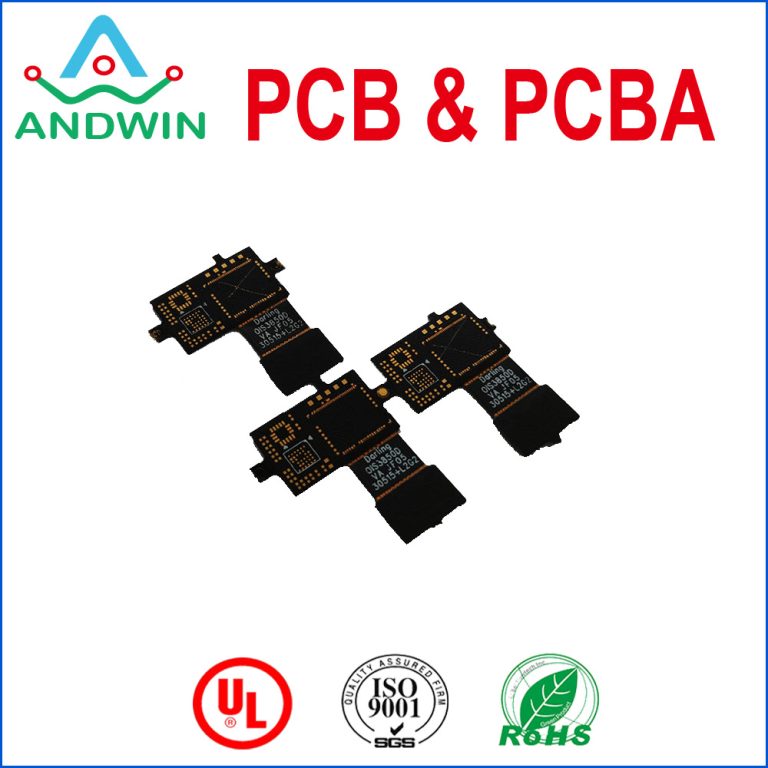High speed high frequency pcb
1. FR-4: A common laminate material used in PCBs. It has good electrical properties and is relatively inexpensive.
2. Rogers Corporation:
A manufacturer of high performance laminates specifically designed for high speed PCBs.
Their materials have low dielectric constant and loss, high thermal conductivity, and excellent dimensional stability.
3. Isola:
A manufacturer of laminates for high speed PCBs.
Their materials have low dielectric constant and loss, high thermal conductivity, and excellent mechanical properties.
4. Arlon:
A manufacturer of laminates for high speed PCBs.
Their materials have low dielectric constant and loss, high thermal conductivity, and are suitable for high frequency applications.
5. Taconic:
A manufacturer of laminates for high speed PCBs.
Their materials have low dielectric constant and loss, high thermal conductivity, and excellent dimensional stability.
When selecting a laminate material for a high speed PCB, it’s important to consider the specific requirements of the application,
such as frequency range, signal integrity, and thermal management.
The choice of laminate material can have a significant impact on the performance and reliability of the PCB.

where is the high speed pcb laminate used?
High speed PCB laminates are used in electronic devices that require high-frequency signal transmission,
such as telecommunications equipment, network routers, high-speed data storage devices, and aerospace and defense systems.
They are also used in consumer electronics such as smartphones, tablets, and laptops.

high speed pcb design training in india
There are several institutes in India that offer high speed PCB design training courses. Some of the popular ones are:
1. Embedded Systems Solutions (ESS) – Bangalore
2. Vector India – Bangalore
3. Maven Silicon – Bangalore
4. CADD Centre – Chennai
5. Livewire – Chennai
6. Sofcon India Pvt. Ltd. – Delhi
7. CETPA Infotech Pvt. Ltd. – Noida
8. CRBtech Solutions Pvt. Ltd. – Pune
9. Sofcon Training Pvt. Ltd. – Vadodara
You can also find online courses and tutorials on high speed PCB design on platforms like Udemy, Coursera, and edX.

high speed signals in pcb
High speed signals in PCBs refer to signals that operate at high frequencies and require special attention to ensure signal integrity. These signals include clock signals, data signals, and high-frequency analog signals.
Some of the factors that affect high speed signals in PCBs are:
1. Signal reflection: High speed signals can reflect back from the load end due to impedance mismatches, causing signal distortion and loss.
2. Signal attenuation: High speed signals can experience attenuation due to the dielectric constant of the PCB material, trace length, and trace width.
3. Crosstalk: High speed signals can interfere with each other due to electromagnetic coupling between adjacent traces, causing signal distortion and loss.
4. Signal termination: High speed signals require proper termination to prevent signal reflection and ensure signal integrity.
To design PCBs for high speed signals, designers should consider the following:
1. Use high-speed PCB materials with low dielectric constant and loss tangent.
2. Use controlled impedance traces to minimize signal reflection and attenuation.
3. Use differential signaling to reduce crosstalk and increase noise immunity.
4. Properly terminate high speed signals to prevent signal reflection.
5. Use simulation tools to analyze and optimize high speed signal performance.
What are the high-speed signals in PCB
High-speed signals in PCB (Printed Circuit Board) refer to signals that have a high frequency or data rate,
typically in the range of hundreds of megahertz (MHz) to several gigahertz (GHz).
These signals include clock signals, data signals, and control signals that are used in high-speed digital circuits,
such as microprocessors, memory chips, and communication interfaces.
Some examples of high-speed signals in PCB include:
1. Differential pairs:
These are pairs of signals that are used to transmit high-speed data over long distances with minimal noise and interference.
Examples include USB, HDMI, and Ethernet signals.
2. Clock signals:
These are signals that are used to synchronize the operation of digital circuits.
Clock signals are typically high-frequency signals that require careful routing and termination to minimize signal distortion and jitter.
3. Memory signals:
These are signals that are used to read and write data from memory chips,
such as DDR SDRAM. Memory signals require careful routing and termination to ensure reliable operation at high data rates.
4. Power and ground planes:
These are not signals, but they play a critical role in high-speed PCB design.
Power and ground planes provide a low-impedance path for high-frequency signals and help to reduce noise and interference in the circuit.
In summary, high-speed signals in PCB are signals that require careful design and layout to ensure reliable operation at high data rates. They include differential pairs, clock signals, memory signals, and power and ground planes.







